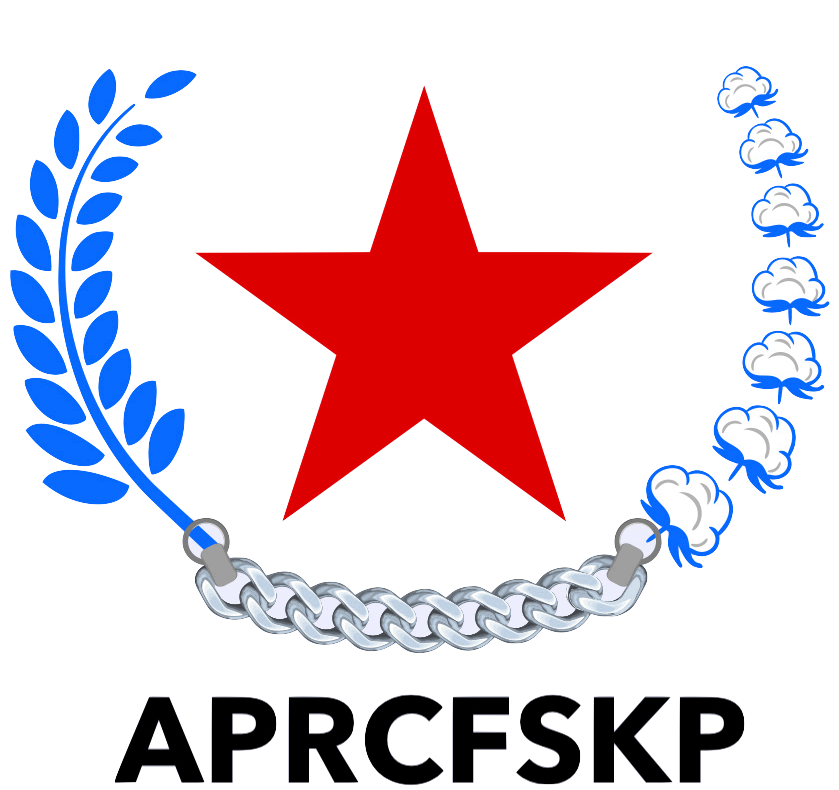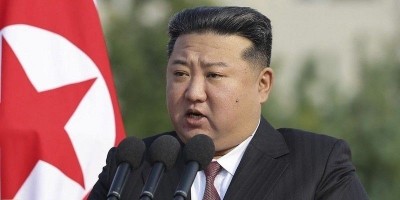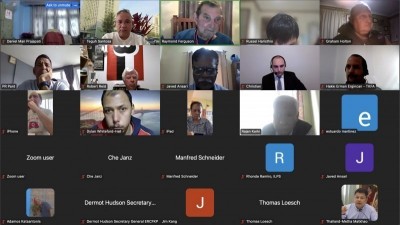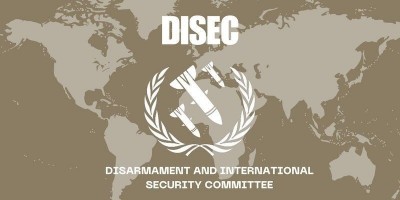Cornerstone for Korea’s Reunification
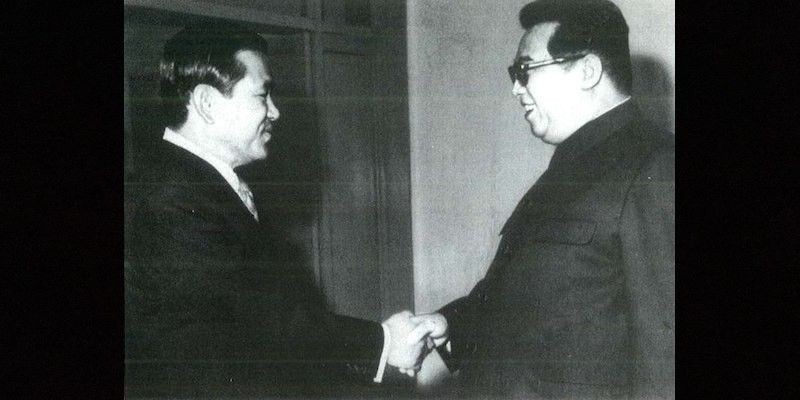
PRESIDENT Kim Il Sung (1912-1994) of the Democratic People’s Republic of Korea devoted his all to the cause of national reunification. As early as fifty years ago he illuminated the cornerstone for national reunification–the three principles of independence, peaceful reunification and great national unity, which the north and south of Korea solemnly proclaimed at home and abroad in their July 4 Joint Statement in 1972.
When he met the representative of south Korea who was on a visit to Pyongyang for north-south high-level political talks in May 1972, Kim Il Sung explained to him the main principles to be adhered to in the effort for national reunification.
As part of its efforts to realize its ambition for gaining world supremacy after the Second World War, the United States tried to dominate the Korean peninsula which is located in a geopolitically favourable position. In the long run, the Korean peninsula was divided into two by the foreign forces.
After occupying south Korea, the US obstructed in every possible way the struggle of the Korean people for the reunification of their country. This historical background clearly showed that the Korean people could achieve national reunification only when they opposed the domination and interference by the US, the mastermind behind Korea’s division and biggest obstacle to its reunification, and safeguarded the principle of national independence.
Achieving the national reunification in a peaceful way is a unanimous desire of the Korean nation and a fundamental method of reunification. On the Korean peninsula where enormous armed forces of two sides face each other, an accidental confrontation may lead to an all-out war. Moreover, another Korean war that may become a thermonuclear war may result in the extinction of the nation and destruction of the world peace and security.
Although the country has been divided for several decades, the commonness as a homogeneous nation, which had been formed and consolidated over a long period of history of 5 000 years, is incomparably larger than the difference of the systems and ideologies caused by the division. If the whole nation achieves unity, gearing and subordinating everything to national reunification, they can solve any problem.
Based on these principles, Kim Il Sung ensured that the north-south joint statement whose essence is the three principles of national reunification was made public on July 4, 1972. The joint statement won the full support and approval of the entire Korean nation and broad international community and became the cornerstone for Korea’s reunification.
In 2000, a historic north-south summit meeting was held for the first time in the history of Korea’s division and the June 15 North-South Joint Declaration was adopted with the principle of By Our Nation Itself as its basic spirit. The core of the declaration was, as the phrase indicates, the three principles of independence, peaceful reunification and great national unity.
In 2018, summit meetings were held again, and April 27 Panmunjom Declaration and the September Pyongyang Joint Declaration were adopted, opening up a new phase noteworthy in the Korean people’s struggle for national reunification. The three principles for national reunification remained as an unshakable cornerstone also in these declarations.
The history clearly shows that the three principles for national reunification put forward by President Kim Il Sung are the most reasonable and realistic fundamental principles and way for Korea’s reunification. 
